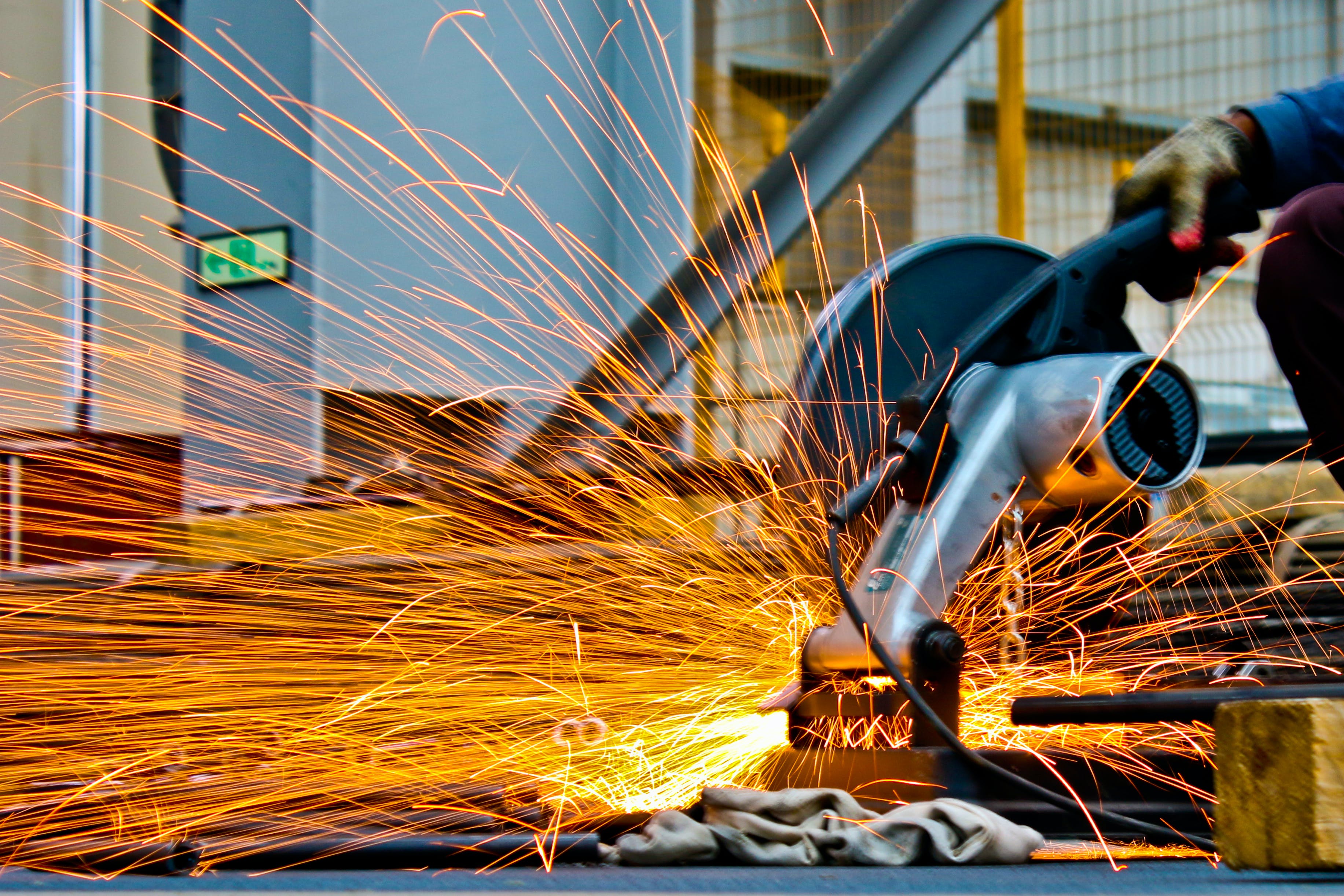1. High hardness and wear resistance
Wear resistance: High hardness of industrial ceramics, suitable for high wear environment, such as mines, cement factories.
Long life: Long service life in harsh conditions, reduce the frequency of replacement.
2. High temperature resistance
High temperature stability: can maintain performance at high temperatures, suitable for aerospace, metallurgy and other industries.
Thermal shock resistance: can withstand rapid temperature changes, not easy to crack.
3. Corrosion resistance
Chemical inertness: Strong resistance to acid, alkali, salt and other corrosive substances, suitable for chemical and pharmaceutical industries.
Oxidation resistance: Stable performance in high temperature oxidation environment.
4. Electrical insulation
Insulation performance: Good electrical insulation, suitable for electronics and power industry.
High frequency applications: Maintains insulation properties at high frequencies and high temperatures.
5. Low density
Lightweight materials: Low density, suitable for aerospace and automotive industries that need to reduce weight.
High specific strength: high strength and light weight.
6. Biocompatibility
Medical applications: Non-toxic and compatible with human tissue, suitable for medical implants and devices.
7. Optical performance
Transparent ceramics: Some ceramics have excellent optical properties, suitable for laser technology, optical devices.
8. Environmental protection
Renewable materials: Some ceramics can be recycled to reduce environmental pollution.
Low energy production: The production process uses low energy and reduces the carbon footprint.
9. Versatility
Diverse applications: By adjusting the composition and process to meet different needs, such as sensors, catalyst carriers.
10. Economic benefits
Low long-term costs: While initial costs are high, long life and low maintenance requirements reduce overall costs.
Improve efficiency: Superior performance improves equipment efficiency and reduces downtime.
